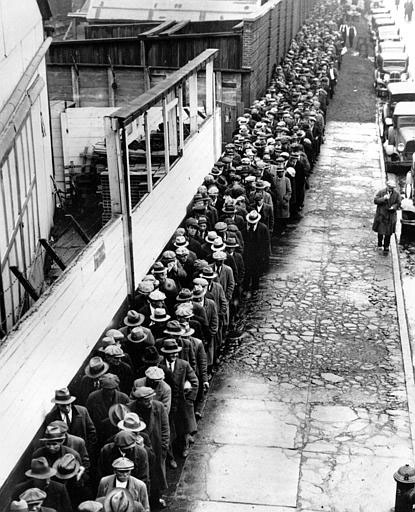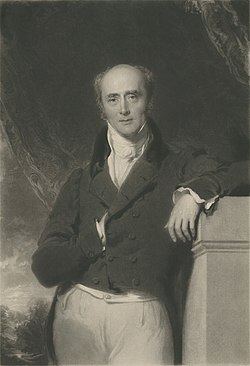Guided Question: How did the government address the problem within the state itself? Show evidence.
Thesis: The government had a series of related sets of schemes of which that directly dealt with the sources of inequalities in ability to vote; the Great Reform Act is the key and a final solution to the prolonged question of the public.
Engraved picture of people gathering force to protest
The old voting system of Britain/England in 1832 was extremely archaic and had not been altered since the early eighteenth century; the government had not taken demographic changes to their considerations, consequently, no improvement or modification was applied to the electoral system since then. There was a great number of rotten boroughs (or towns--areas where there is high number of representatives compared to very low number of voters ratio.) On the contrary, fast growing cities, but not in the capital where the houses of lords reside, like Manchester and Leeds had little or no representative at all. It could be predicted that importance of representative and competency in having the body of voters are not proportional in every places. Violent riots was an outbreak in the early nineteenth century; low-working class was not satisfy with under-standard wages; high unemployment and the new labor saving policies drove them to attack machinery and burned agricultural goods. This rebellion actions affected Britain economy as a whole, required hours of work could no be met. Government was pressured by violence and the huge number of the working classes that supported the protest. This provoked panic inside the parliament as they feared of revolution that was a widespread threat at the time, esp. French Revolution. Another contribution to such intense pressure of the government was the passing of the political restriction of the Catholic foundation, the highest legislature body and the Tories party did not want this to happen. In addition, the widely emerged distribution of population resulted too rapid growth of cities; however, the Tories tried to sustain the tradition laws and had made no development or amend any changes to the state policies at all. The Tories, then, broke a part from the outraged parliament; and the Whigs regained their long-lost power in the legislature body. Discouragement of the parliament, as well as the underlying influence of King Williams IV, was frequently criticized by the citizen. Somehow, pressure from countless sources and internal conflict led the parliament and the monarch to accept a proposal, Reform Act 1832, from the Whigs party.
Unemployed working class in mid-1820s
Britain before 1832 had faced severe economical issues which had never been recovered. The ineffectiveness and consequences from the Industrial Revolution hurt the British working-class--since machinery took away the human labor force. The Reform Act did not totally fixed this issue but instead tried to drive the people from this endless problem. Even though the Reform Act became official laws on June 4, 1832, several changes were not immediately put into actions since there was not enough support form the integral individuals in the politics firm. Not every men had rights to votes as soon as the reform was pronounced. Women still did not have rights to vote. In the later years, many woman rights and human morality correctness foundation were very active; people achieved liberty among themselves and Britain economy soon recovered. Nevertheless, even the so-called perfect welfare and maximized chances for children nowadays still needed to be endlessly improving.
Video: Revision on the Swing Riots












